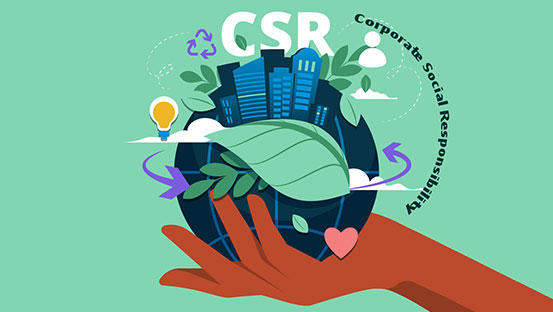CSR in Real Estate: How Developers Can Build for Impact
Related Articles
From Skill to Startup: How Edtech is Fueling Young Tech Entrepreneurs
Learning today is far removed from notes scribbled on blackboards and students listening to teachers passively. Assessments too - which earlier used to be...
How microplastics in drinking water magnify the importance of food-grade rPET
From the depths of the oceans to the peaks of the Himalayas, Microplastics are everywhere. Research across India has discovered significant microplastic presence in...
Supporting Working Parents: How Childcare Benefits Drive Engagement and Ensure Compliance
Working parents form one of the most significant and skilled groups in the modern workforce. Their ability to balance work and caregiving directly impacts...



 Kalakuntla Jeevana is the Head Sustainability & CSR at Sumadhura Group. She has been the driving force behind CSR at Sumadhura for more than a decade. As the Head of Sustainability and CSR at Sumadhura Group, she is dedicated to leading initiatives that drive lasting impact. Her focus on green building certifications, including IGBC and USGBC, ensures that Sumadhura group’s projects are not only environmentally responsible but also practical, adoptable, and easy to maintain. She is passionate about creating a sustainable future, where every initiative—whether in construction or community development—leads to positive, long-term change.
Kalakuntla Jeevana is the Head Sustainability & CSR at Sumadhura Group. She has been the driving force behind CSR at Sumadhura for more than a decade. As the Head of Sustainability and CSR at Sumadhura Group, she is dedicated to leading initiatives that drive lasting impact. Her focus on green building certifications, including IGBC and USGBC, ensures that Sumadhura group’s projects are not only environmentally responsible but also practical, adoptable, and easy to maintain. She is passionate about creating a sustainable future, where every initiative—whether in construction or community development—leads to positive, long-term change.